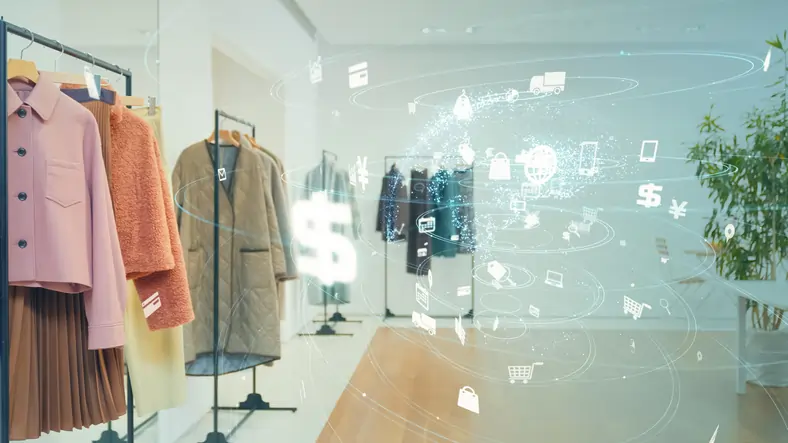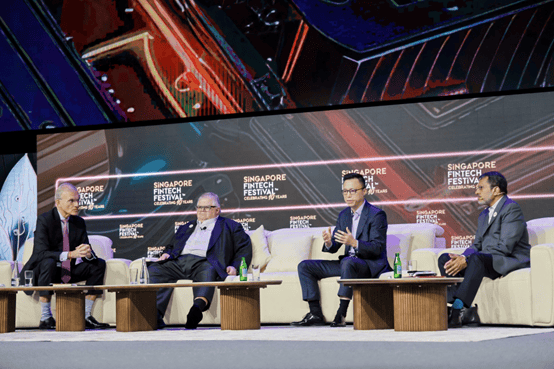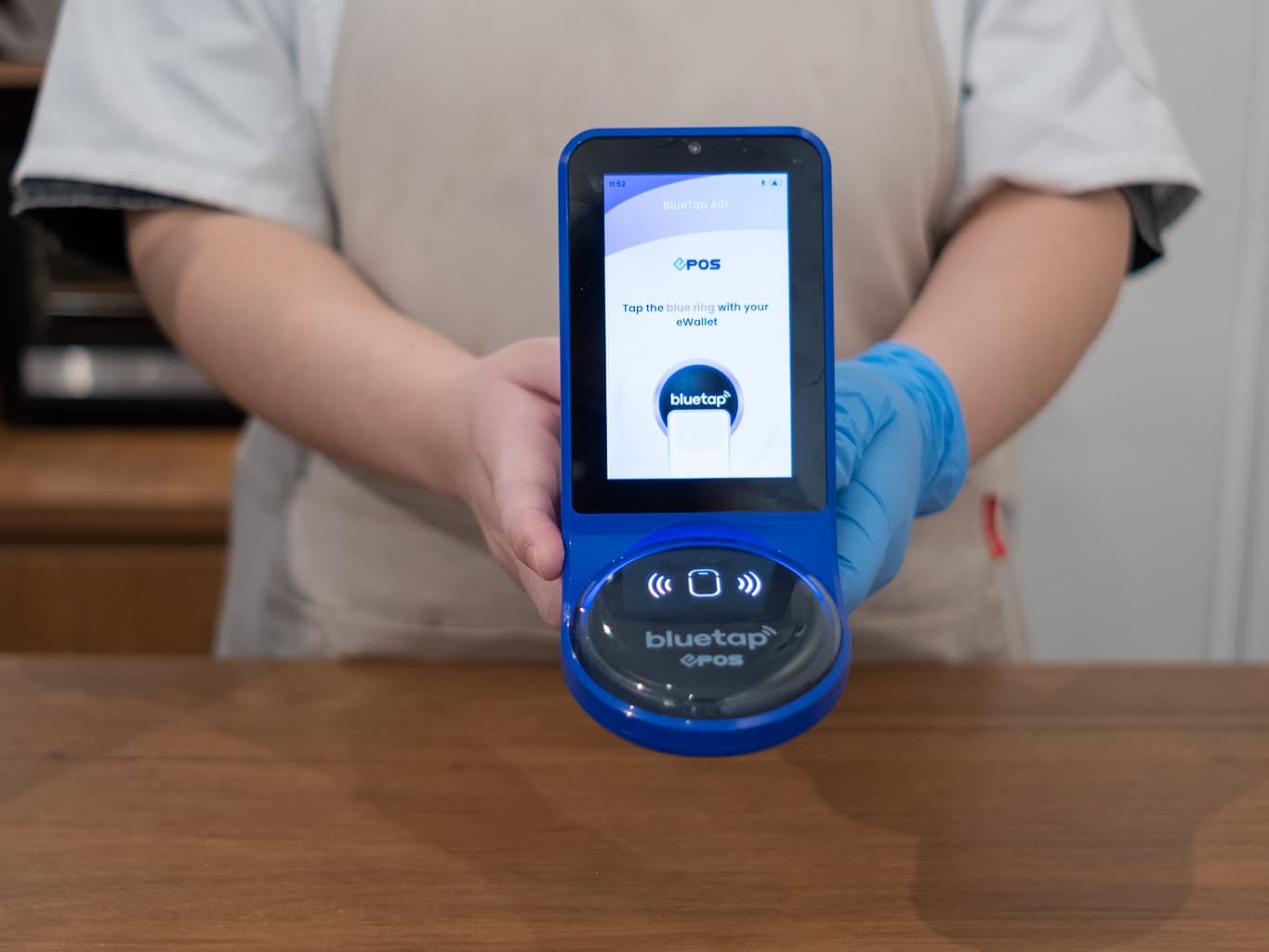
World in Style: The Intersection of Fashion and Technology: A 2024 Perspective
In the dynamic landscape of fashion, technology has become an integral force driving innovation, creativity, and accessibility. As we embark on a new year, the intersection of fashion and technology continues to shape the way we experience, consume, and interact with style. In this blog post, we’ll delve into the latest trends, advancements, and perspectives on how technology is influencing the fashion industry in 2024 and beyond.
The Evolution of Fashion Technology:
Fashion technology, or “Fashtech,” has evolved rapidly in recent years, revolutionizing every aspect of the fashion ecosystem. From design and production to retail and marketing, technology has permeated every stage of the fashion supply chain, offering new opportunities for creativity, efficiency, and sustainability.
Virtual Fashion:
Virtual fashion has emerged as a game-changer in the industry, blurring the lines between the physical and digital worlds. With the rise of virtual fitting rooms, digital avatars, and virtual fashion shows, consumers can now experience fashion in immersive and interactive ways, enhancing their shopping experience and reducing the need for physical prototypes and samples.
3D Printing and Customization:
3D printing technology has opened up new possibilities for customization and personalization in fashion. From bespoke garments and accessories to on-demand production and prototyping, 3D printing allows designers and consumers alike to create unique and tailor-made pieces that reflect their individual style and preferences.
Artificial Intelligence in Fashion:
Artificial intelligence (AI) is transforming the way fashion brands design, produce, and market their products. AI-powered algorithms analyze vast amounts of data to predict trends, optimize inventory management, and personalize recommendations for customers, leading to more efficient and data-driven decision-making processes across the industry.
Sustainable Fashion Solutions:
Technology is playing a crucial role in advancing sustainability in the fashion industry. From innovative materials and production methods to supply chain transparency and circular fashion initiatives, technology is empowering brands to reduce their environmental footprint and embrace more ethical and eco-friendly practices.
Blockchain Technology and Transparency:
Blockchain technology is revolutionizing transparency and traceability in the fashion supply chain. By recording transactions on a secure and immutable ledger, blockchain enables brands and consumers to track the journey of products from raw materials to the finished garment, ensuring authenticity, ethical sourcing, and fair labor practices.
Keywords: Blockchain technology, transparency, traceability, supply chain, authenticity
Augmented Reality Shopping Experiences:
Augmented reality (AR) is reshaping the way consumers shop for fashion online. AR-powered apps and platforms allow users to virtually try on clothing and accessories, visualize how they will look in different outfits, and make more confident purchase decisions, ultimately reducing returns and enhancing the online shopping experience.
Fashion Tech Wearables:
Fashion tech wearables are blurring the boundaries between fashion and technology, offering functional and stylish solutions for health monitoring, fitness tracking, and personal safety. From smartwatches and fitness trackers to wearable tech accessories and smart textiles, fashion tech wearables are becoming increasingly integrated into our daily lives.
The Future of Fashion Technology:
As we look ahead, the future of fashion technology promises even greater innovation, collaboration, and sustainability. With advancements in AI, robotics, biotechnology, and materials science, the possibilities for creative expression and technological integration in fashion are limitless, shaping a more connected, inclusive, and sustainable industry for years to come.
FAQs
- What is the intersection of fashion and technology?
The intersection of fashion and technology refers to the integration of technological innovations and advancements into the fashion industry, transforming the way clothing is designed, produced, marketed, and consumed.
- How is technology impacting the fashion industry?
Technology is impacting the fashion industry in various ways, including virtual fashion experiences, 3D printing for customization, artificial intelligence for trend prediction, blockchain for supply chain transparency, and augmented reality for immersive shopping experiences.
- What are some examples of virtual fashion experiences?
Virtual fashion experiences include virtual fitting rooms, digital avatars, and virtual fashion shows, which allow consumers to try on clothing virtually, create digital representations of themselves, and attend fashion events in immersive digital environments.
- How does 3D printing contribute to customization in fashion?
3D printing enables customization in fashion by allowing designers and consumers to create bespoke garments and accessories, produce on-demand prototypes and samples, and experiment with innovative materials and designs that would be difficult or impossible to achieve using traditional manufacturing methods.
- What role does artificial intelligence play in the fashion industry?
Artificial intelligence plays a significant role in the fashion industry by analyzing data to predict trends, optimize inventory management, personalize recommendations for customers, and improve the efficiency of design, production, and marketing processes.
- How is technology driving sustainability in fashion?
Technology is driving sustainability in fashion through innovations such as sustainable materials, eco-friendly production methods, supply chain transparency, and circular fashion initiatives, which aim to reduce the environmental impact of the fashion industry and promote ethical and responsible practices.
- What is blockchain technology and how is it used in fashion?
Blockchain technology is a decentralized and transparent digital ledger that records transactions securely and immutably. In the fashion industry, blockchain is used to track the journey of products from raw materials to finished garments, ensuring authenticity, ethical sourcing, and fair labor practices.
- How do augmented reality shopping experiences enhance the online shopping experience?
Augmented reality shopping experiences enhance the online shopping experience by allowing consumers to virtually try on clothing and accessories, visualize how they will look in different outfits, and make more confident purchase decisions, ultimately reducing returns and improving customer satisfaction.
- What are fashion tech wearables and what are some examples?
Fashion tech wearables are wearable devices that combine fashion and technology to offer functional and stylish solutions for health monitoring, fitness tracking, and personal safety. Examples include smartwatches, fitness trackers, smart textiles, and wearable tech accessories.
In conclusion, the intersection of fashion and technology continues to redefine the way we experience and engage with style. From virtual fashion experiences and 3D printing to AI-powered personalization and sustainable solutions, technology is driving innovation and shaping the future of the fashion industry in exciting and transformative ways. By embracing these advancements and opportunities, fashion brands and consumers alike can navigate the ever-evolving world of style with creativity, sustainability, and style.


